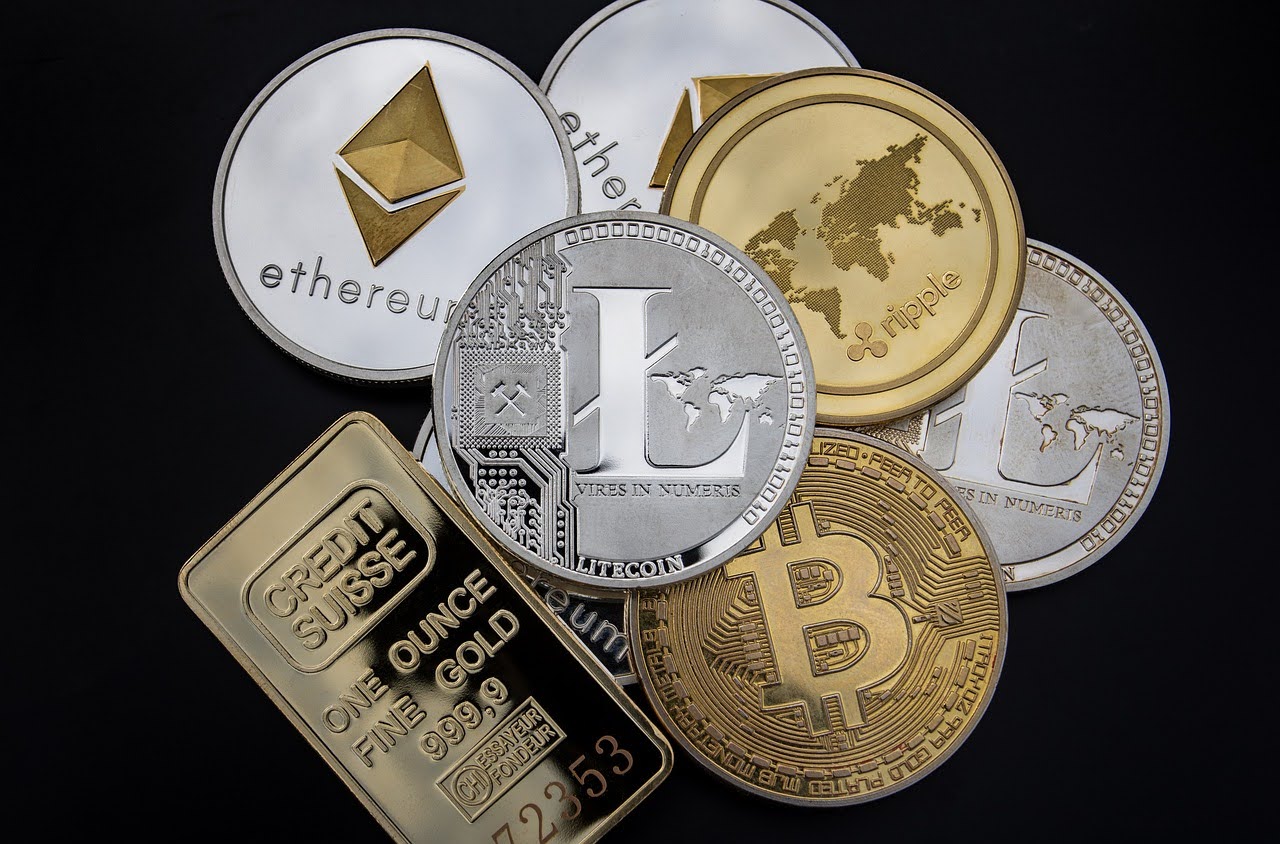
Solana emerged as a somewhat groundbreaking platform, capturing the attention of developers, investors, and crypto-enthusiasts alike. It rapidly gained popularity, challenging everyone in niche with its innovative approach to solving long-standing blockchain troubles.
In the article, we examine Solana's features, technology, and its broader impact on the industry — both in the present and with an eye toward the future.
Read on, as the insights ahead promise to be compelling.
And by the way, if you're already familiar with the topic and would like to just exchange your crypts, here, for example, you may do an XMR to SOL swap.
What Exactly is Solana Cryptocurrency?
Solana is a blockchain platform that has a lot in common with Ethereum. In fact, it is often referred to as its «killer».
The SOL token can be purchased on most major exchanges. However, its true value lies in the fact that it can be used to conduct transactions on the local network, which has a number of undeniable advantages.
Problems with Proof-of-Work and Proof-of-Stake
So, how does it all work?
The Solana blockchain utilizes a so-called proof-of-history (PoH) consensus mechanism. This employs timestamps to determine the next block in the chain. In contrast, proof-of-work (PoW), which's a more traditional approach, is used by many early cryptocurrencies — such as Bitcoin and Litecoin.
The underlying thing of PoW is that the whole thing relies on miners to validate and select the next block. However, a significant drawback of the system is its inefficiency. Like, it's relatively slow and consumes substantial amounts of energy.
This is one of the key reasons why Ethereum transitioned to a proof-of-stake (PoS) system, which adopts a different methodology and reduces energy consumption by approximately 99.9%.
The numbers are quite impressive. Well, actually, they are record-breaking.
Solana utilizes a mechanism called ″staking″ to determine the next block. In essence, tokens are locked in the chain until validators reach consensus on the very next block.
Delegated Proof-of-Stake (DPoS)
Solana employs a combination of cryptographic strategies and approaches to address the limitations of first-generation solutions. Specifically, through its unique integration of proof-of-history (PoH) and a delegated proof-of-stake (DPoS) mechanism, the platform aims to resolve Ethereum's scalability challenges.
Butscalability isn't it's only trick up its sleeve. Solana also tackles two other major issues:
- Security.
- And decentralization.
Although Buterin (creator of Ethereum, that is) initially claimed that his brainchild would address all three aspects of the hackneyed trilemma, in reality, it has primarily resolved only the point of security and decentralization, whilst Solana also did, yet along with scalability.
What Makes Solana Coins Unique?
Solana's got proof-of-stake and delegated proof-of-stake set-ups, and it's way faster than its competitors, Ethereum and Cardano.
And the best part is that it's way cheaper.
Unlike the proof-of-work model, where participants directly select the next block, history-proof relies on timestamps — validators cast votes for various blocks. This approach ensures the chain remains highly decentralized while delivering swifter and more robust computation.
Solana vs. Ethereum Explained
Let's start with the most important point:
Solana's super quick and it won't break the bank. There's no denying it, as it processes up to 65,000 transactions per second (TPS) with fees as low as $0.0025, whereas Ethereum currently handles around 100 TPS.
So, for things like gaming and micropayments, Solana's way better.
Yet ETH has a more mature ecosystem, a larger user base, and a developer community that supports a broader range of decentralized applications (dApps, that is) and decentralized finance (DeFi, that is) protocols. This is an advantage, but it's only a matter of time before Solana catches up.
Actually, it might just bridge this gap though pretty soon, as it's only been around for a few years.
Next, type the consensus mechanisms. Solana's hybrid model is a lot more energy-efficient than Ethereum's one. However, there's a little shadow to consider: this only applies before the transition — once ETH moved to proof-of-stake, it significantly narrowed the gap.
Finally, Solana's single-tier design is simpler than any other second-layer solutions. However, there are some trade-offs. For example, there's a reduction in decentralization, as reliance on high-performance nodes may restrict validator accessibility. Ethereum, on the other hand, is slower but is seen as a more proper choice in this regard since it has a wider distribution of nodes.
Solana's Development
Solana, by the way, also has some side products and projects.
For example, Solana Pay and Solana Mobile Stack. The first one is the open and direct merchant-to-consumer payment rail, and the second just provides access to secure key management and simplifies dApps development.
There's also a smartphone called the Solana Saga. It was launched worldwide in 2023. The device is impressive, and there is, well, little else to add. As the flagship model at the time, it had a Snapdragon 8 Plus CPU, an AMOLED display and a 50-MP prior camera. Unsurprisingly, it was also optimized for the manufacturer's ecosystem.
Investing in Solana
Like most major cryptos, SOL tokens may be traded on numerous platforms, including centralized exchanges such as Binance, Coinbase, Kraken, and others.
And in some regions, SOL is available at crypto and NFT ATMs as well.
That said, once acquired, tokens must be stored in a cryptocurrency wallet — either offline or online. However, we should note that this very topic is quite. Complex and would require multiple articles of similar length to cover it thoroughly.
As for the tokens themselves, they serve various purposes, including peer-to-peer payments and trading, among other use cases.
Please, do note that cryptocurrencies are highly volatile and extremely risky. You must ensure that you can afford to lose the money you invest, even if you believe that SOL or any other asset will experience significant growth.







